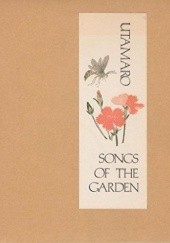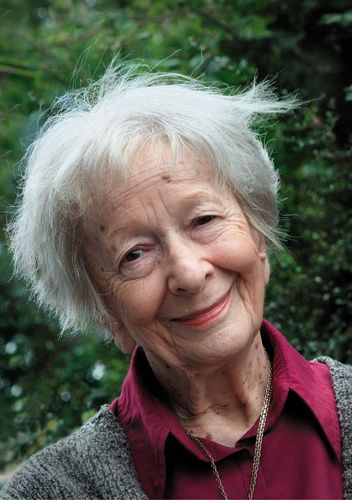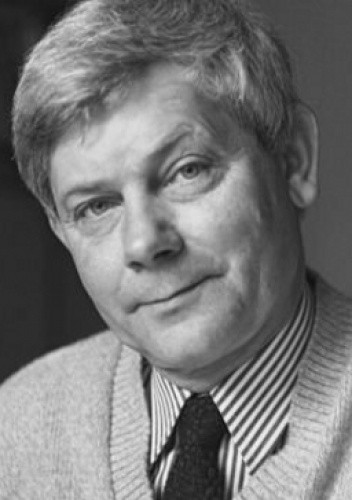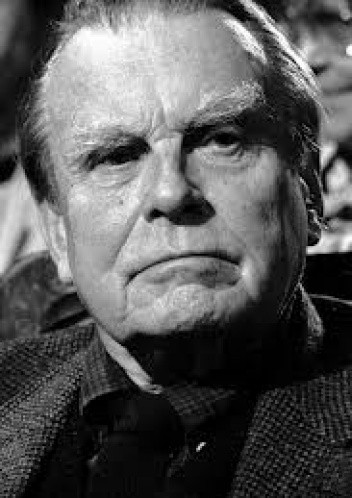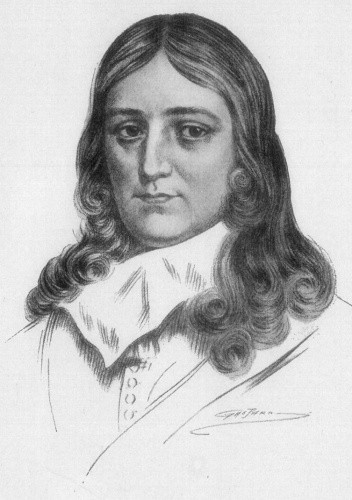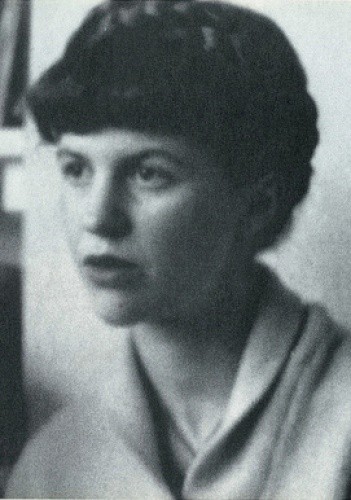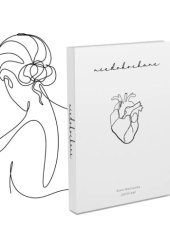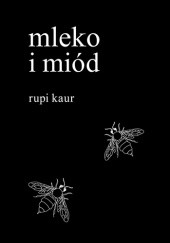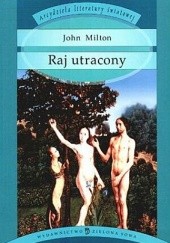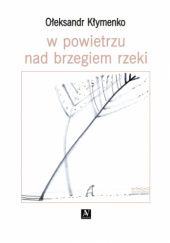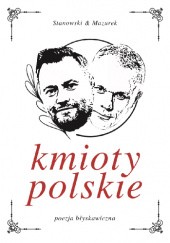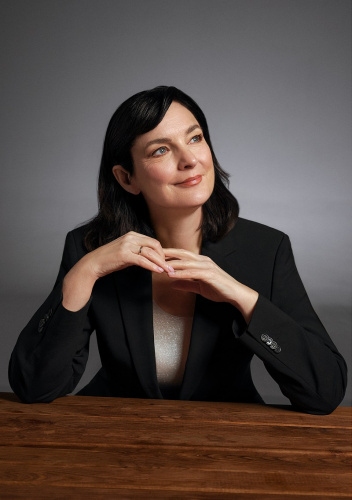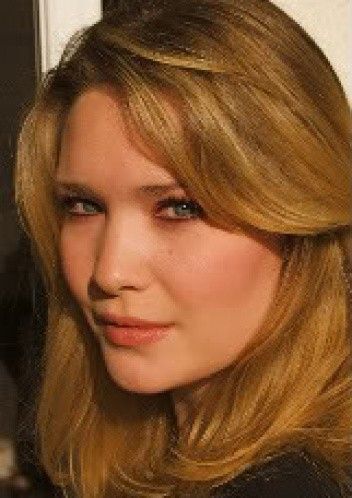Najnowsze artykuły
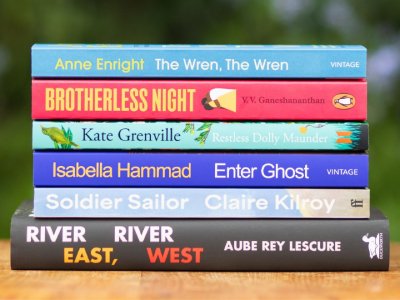 ArtykułyTo do tych pisarek należał ostatni rok. Znamy finalistki Women’s Prize for Fiction 2024
ArtykułyTo do tych pisarek należał ostatni rok. Znamy finalistki Women’s Prize for Fiction 2024 Konrad Wrzesiński6
Konrad Wrzesiński6 ArtykułyMaj 2024: zapowiedzi książkowe. Gorące premiery książek – część 1
ArtykułyMaj 2024: zapowiedzi książkowe. Gorące premiery książek – część 1 LubimyCzytać7
LubimyCzytać7 Artykuły„Horror ma budzić koszmary, wciskać kolanem w błoto i pożerać światło dnia” – premiera „Grzechòta”
Artykuły„Horror ma budzić koszmary, wciskać kolanem w błoto i pożerać światło dnia” – premiera „Grzechòta” LubimyCzytać1
LubimyCzytać1 Artykuły17. Nagroda Literacka Warszawy. Znamy 15 nominowanych tytułów
Artykuły17. Nagroda Literacka Warszawy. Znamy 15 nominowanych tytułów LubimyCzytać2
LubimyCzytać2
Popularne wyszukiwania
- Polecamy
Utamaro Kitagawa
 Znany jako: 喜多川 歌麿, Toyoaki, UtamaroZnany jako: 喜多川 歌麿, Toyoaki, Utamaro18,0/10Pisze książki: poezjaUrodzony: 1754 (data przybliżona)Zmarły: 1806 (data przybliżona)Kitagawa Utamaro has become synonymous with portrayals of beautiful women, most often of the Yoshiwara and lower classes. He must have loved them dearly, for he made them tower and imparted a sense of majesty to their rather precarious lives. At the same time he was capable of commenting, via scathing designs, on the most intimate, as well as sordid, aspects of their existence. Once again it seems strange that so little is known about an artist who was so skilled and prolific. The facts about Utamaro's life, especially his early years, are rather hopelessly muddled. It is unlikely that they will ever be unraveled without a major miracle. Theories have him born in Kawagoe, Edo, Osaka, and Kyoto, which would be quite a feat. It is believed that he was called Ichitaro as a child, but he also made use of a multitude of other names, including Yusuke, Yuki, Nobuyoshi, and Toyoaki. It is believed that it was not until approximately the year 1782 that he commenced using the name Utamaro. In addition to all of these, he also made use of a number of pen names for his poetry and literary productions. One story reports that he was befriended by a successful maker of cauldrons from Tochigi who sparked his career by introducing him to the leading artistic talent of the day. Utamaro met the artist Toriyama Sekien (1712-1788),and entered his studio. Although Sekien was basically a Kano school trained artist, he also produced ukiyo-e under the name of Toyofusa. Sekien became very fond of Utamaro and as the youth's career progressed, he encouraged him. In 1788 Utamaro produced a magnificent book titled Ehon Mushi Erabi (A Picture Book Selection of Insects). Sekien wrote the epilogue for this and in it lauds the young artist. As Utamaro became more inti mately acquainted with the bustling city of Edo he turned especially to the Yoshiwara and Shinagawa districts. He left the household of Sekien and moved into a sphere dominated by the personality of the noted print publisher Tsutaya Jusaburo (1750-1797). During this period his interest appears to have shifted almost exclusively to the Yoshiwara and girls of great charm and beauty, such as Hanaogi and Wakaume. Utamaro, though fascinated by the licensed quarter, was married and had a family. He was a very prolific artist and the quality of his work was consistently high. Though the theme of beautiful women may eventually have become tiring, he never permitted it to lessen his ardor. His career probably would have continued to climb to new heights had he not run afoul of the government. In 1804 he published a triptych titled Taiko Rakuto Go Sai Yukon (The Taiko “Hideyoshi” and His Five Wives Picnicking at Rakuto). This was contrary to the censorship laws which forbade the portrayal of military heroes in prints and popular works. He was sentenced to serve three days in prison and fifty days in handcuffs. It appears that the shame of this broke his spirit, for Utamaro's health soon declined and he died in 1806.8,0/10średnia ocena książek autora1 przeczytało książki autora1 chce przeczytać książki autoraDyskutuj o autorze0fanów autoraZostań fanem autora
Znany jako: 喜多川 歌麿, Toyoaki, UtamaroZnany jako: 喜多川 歌麿, Toyoaki, Utamaro18,0/10Pisze książki: poezjaUrodzony: 1754 (data przybliżona)Zmarły: 1806 (data przybliżona)Kitagawa Utamaro has become synonymous with portrayals of beautiful women, most often of the Yoshiwara and lower classes. He must have loved them dearly, for he made them tower and imparted a sense of majesty to their rather precarious lives. At the same time he was capable of commenting, via scathing designs, on the most intimate, as well as sordid, aspects of their existence. Once again it seems strange that so little is known about an artist who was so skilled and prolific. The facts about Utamaro's life, especially his early years, are rather hopelessly muddled. It is unlikely that they will ever be unraveled without a major miracle. Theories have him born in Kawagoe, Edo, Osaka, and Kyoto, which would be quite a feat. It is believed that he was called Ichitaro as a child, but he also made use of a multitude of other names, including Yusuke, Yuki, Nobuyoshi, and Toyoaki. It is believed that it was not until approximately the year 1782 that he commenced using the name Utamaro. In addition to all of these, he also made use of a number of pen names for his poetry and literary productions. One story reports that he was befriended by a successful maker of cauldrons from Tochigi who sparked his career by introducing him to the leading artistic talent of the day. Utamaro met the artist Toriyama Sekien (1712-1788),and entered his studio. Although Sekien was basically a Kano school trained artist, he also produced ukiyo-e under the name of Toyofusa. Sekien became very fond of Utamaro and as the youth's career progressed, he encouraged him. In 1788 Utamaro produced a magnificent book titled Ehon Mushi Erabi (A Picture Book Selection of Insects). Sekien wrote the epilogue for this and in it lauds the young artist. As Utamaro became more inti mately acquainted with the bustling city of Edo he turned especially to the Yoshiwara and Shinagawa districts. He left the household of Sekien and moved into a sphere dominated by the personality of the noted print publisher Tsutaya Jusaburo (1750-1797). During this period his interest appears to have shifted almost exclusively to the Yoshiwara and girls of great charm and beauty, such as Hanaogi and Wakaume. Utamaro, though fascinated by the licensed quarter, was married and had a family. He was a very prolific artist and the quality of his work was consistently high. Though the theme of beautiful women may eventually have become tiring, he never permitted it to lessen his ardor. His career probably would have continued to climb to new heights had he not run afoul of the government. In 1804 he published a triptych titled Taiko Rakuto Go Sai Yukon (The Taiko “Hideyoshi” and His Five Wives Picnicking at Rakuto). This was contrary to the censorship laws which forbade the portrayal of military heroes in prints and popular works. He was sentenced to serve three days in prison and fifty days in handcuffs. It appears that the shame of this broke his spirit, for Utamaro's health soon declined and he died in 1806.8,0/10średnia ocena książek autora1 przeczytało książki autora1 chce przeczytać książki autoraDyskutuj o autorze0fanów autoraZostań fanem autoraKsiążki i czasopisma
- Wszystkie
- Książki
- Czasopisma
Autorzy piszący podobnie
Popularne w kategorii książek autora
Popularni autorzy


















